Data Science & Developer Roadmaps with Chat & Free Learning Resources
estimators
Estimators are a high-level abstraction in TensorFlow that simplify the process of building machine learning models. They provide a framework for training, evaluating, and making predictions without the need to manage the underlying computational graph directly. Estimators can run on various hardware configurations, including CPUs, GPUs, and TPUs, and support distributed training across multiple servers. They also offer built-in functionalities for data handling, error management, and model checkpointing. While pre-made estimators are available for common tasks, users can also create custom estimators to meet specific needs. However, it’s important to note that estimators are not recommended for new code due to compatibility issues with TensorFlow 2.x 124.
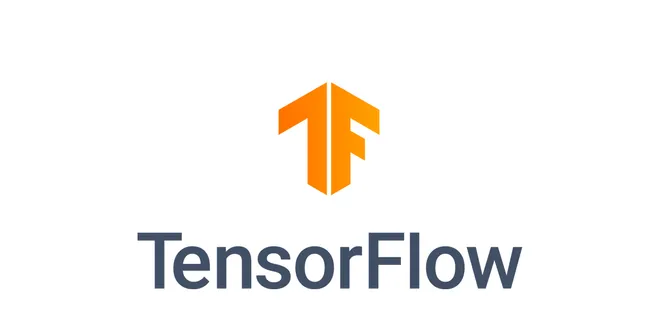
Estimators
Advantages Similar to a tf.keras.Model , an estimator is a model-level abstraction. The tf.estimator provides some capabilities currently still under development for tf.keras . These are: Parameter se...
📚 Read more at TensorFlow Guide🔎 Find similar documents
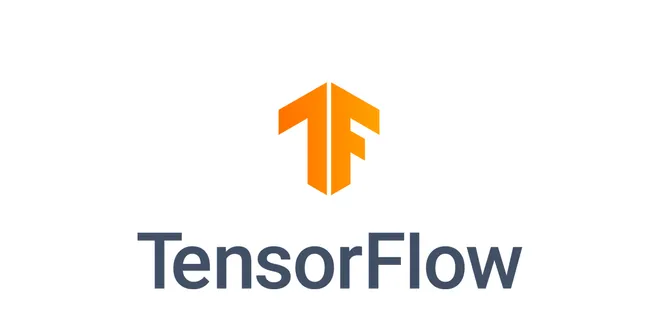
Premade Estimators
Warning: Estimators are not recommended for new code. Estimators run v1.Session -style code which is more difficult to write correctly, and can behave unexpectedly, especially when combined with TF 2 ...
📚 Read more at TensorFlow Tutorials🔎 Find similar documents
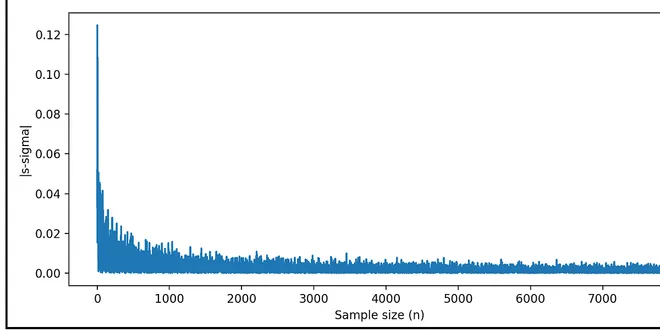
The Consistent Estimator
A consistent estimator is one which produces a better and better estimate of whatever it is that it’s estimating, as the size of the data sample it is working upon goes on increasing.
📚 Read more at Towards Data Science🔎 Find similar documents
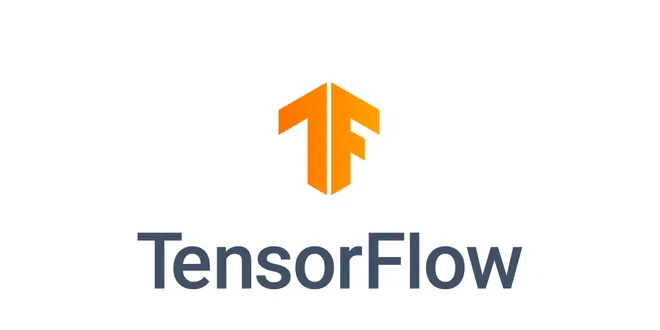
Multi-worker training with Estimator
Warning: Estimators are not recommended for new code. Estimators run v1.Session -style code which is more difficult to write correctly, and can behave unexpectedly, especially when combined with TF 2 ...
📚 Read more at TensorFlow Tutorials🔎 Find similar documents
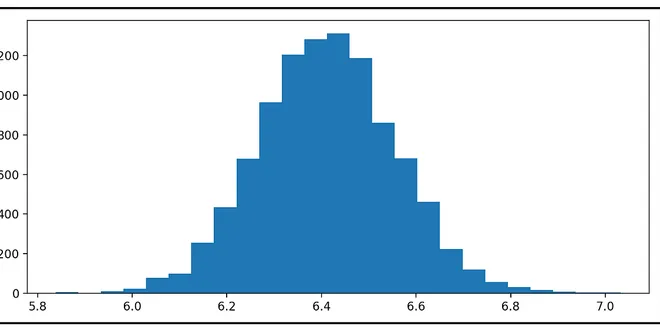
A Guide to Estimator Efficiency
The efficiency of a statistical estimator is the ratio of the Cramer-Rao bound on variance to the actual variance in the estimator's predictions.
📚 Read more at Towards Data Science🔎 Find similar documents

Build a linear model with Estimators
Warning: Estimators are not recommended for new code. Estimators run v1.Session -style code which is more difficult to write correctly, and can behave unexpectedly, especially when combined with TF 2 ...
📚 Read more at TensorFlow Tutorials🔎 Find similar documents

Estimate Smarter, not Harder
One of the most difficult (and paradoxically time-consuming aspects) of a software developer’s job is estimation. When developers make estimates about their work it can affect the success of the…
📚 Read more at Better Programming🔎 Find similar documents
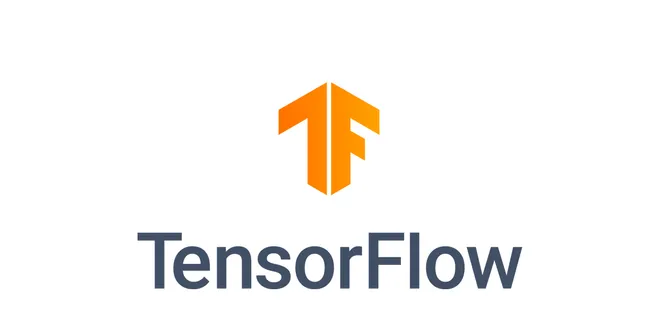
Create an Estimator from a Keras model
Warning: Estimators are not recommended for new code. Estimators run v1.Session -style code which is more difficult to write correctly, and can behave unexpectedly, especially when combined with TF 2 ...
📚 Read more at TensorFlow Tutorials🔎 Find similar documents

Let’s talk about estimation.
I struggled a lot with estimations in my two years as a developer. And I’m not the only one, most of my coworkers struggle with this too. I think it’s because nobody teaches you how to estimate when…
📚 Read more at Level Up Coding🔎 Find similar documents

What’s Wrong With Your Estimates
If you often fail your estimates — this is how to estimate the tasks quickly and accurately. Photo by Headway on Unsplash Every more or less significant project has its stakeholders. And the stakehol...
📚 Read more at Better Programming🔎 Find similar documents

Chapter 8 Estimation
The code for this chapter is in estimation.py . For information about downloading and working with this code, see Section 0.2 . 8.1 The estimation game Let’s play a game. I think of a distribution, an...
📚 Read more at Think Stats🔎 Find similar documents

6.1. Pipelines and composite estimators
Transformers are usually combined with classifiers, regressors or other estimators to build a composite estimator. The most common tool is a Pipeline. Pipeline is often used in combination with Fea......
📚 Read more at Scikit-learn User Guide🔎 Find similar documents

